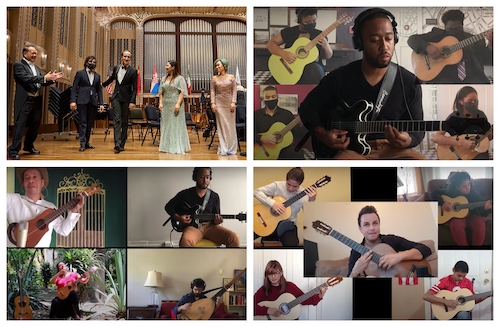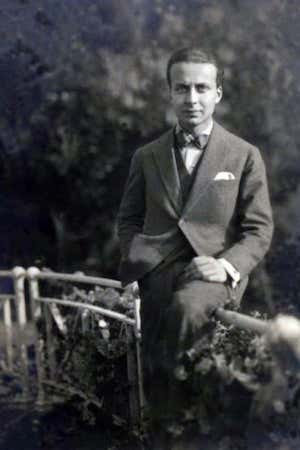by Jarrett Hoffman
TWO ENDINGS:
On Saturday evening, Piano Cleveland announced the prizewinners in the 2021 Cleveland International Piano Competition. Martín García García (24, Spain) took first, followed by Lovre Marušić (28, Croatia), Byeol Kim (31, South Korea), and Yedam Kim (31, South Korea). Click here to read about what prizes each of them will be taking home — from cash to management and consulting services — and which contestants won a variety of other awards.
And the Cleveland Classical Guitar Society has released its final three Creative Fusion videos, which sum up the project well. One video tells a story of racial injustice. Another focuses on the immigrant experience. And the final video, together with a few others, shows off the wide diversity of Mexican musical style. Read more about the entire video series here.
A big round of applause to Piano Cleveland and all the CIPC contestants, and to the Guitar Society and the three Creative Fusion artists-in-residence: Anastasia Sonaranda, Hermelindo Ruiz, and Thomas Flippin.
TODAY’S ALMANAC:
Last year’s almanac explored the salon songs of Reynaldo Hahn (born on August 9, 1874) and the symphonies of Dmitri Shostakovich (died on this date in 1975).
This time around, we’ll turn to the music of Italian composer Giacinto Scelsi, who passed into the ether on this date in 1988, leaving behind a fascinating catalog of works that took too long to garner their deserved level of attention, and that still sound quite fresh.
The most famous of those is the 1959 Quattro pezzi su una nota sola, where each movement adheres almost exclusively to a single note — F, B, Ab, and A — albeit with a healthy dose of microtonality. That might sound like a gimmick, but the result is remarkable: an organic exploration of range, dynamics, and timbre across an orchestra of 26 players. It’s the perfect marriage between minimalism and the avant-garde.
In a virtual concert this past January, No Exit violist James Rhodes performed the third movement of another single-note-heavy work of Scelsi’s, Xnoybis (originally for solo violin). Listen here. As Rhodes explains before his performance, the piece also feels very improvisatory, reflecting a core belief of the composer beginning in what is known as his second period. During this time, he would often record improvisations, then transcribe and orchestrate them.
Scelsi collaborated with a host of important musicians, from the Arditti Quartet to fellow composers John Cage and Morton Feldman. But one of his closest partners was Frances-Marie Uitti, to whom Scelsi dedicated all of his works for cello. Those include La Trilogia, which Feldman described as Scelsi’s “autobiography in sound.”
That 45-minute work explores wide musical territory, and we’ll focus here just on the opening, where — like Cage with the prepared piano — Scelsi adorns the cello with a metal mute, which creates moments of intense rattling. It’s an exciting, invigorating sound, and it fits perfectly into the narrative that this section of the trilogy represented to Scelsi the concept of radical, untamed youth.
Bad boy!




